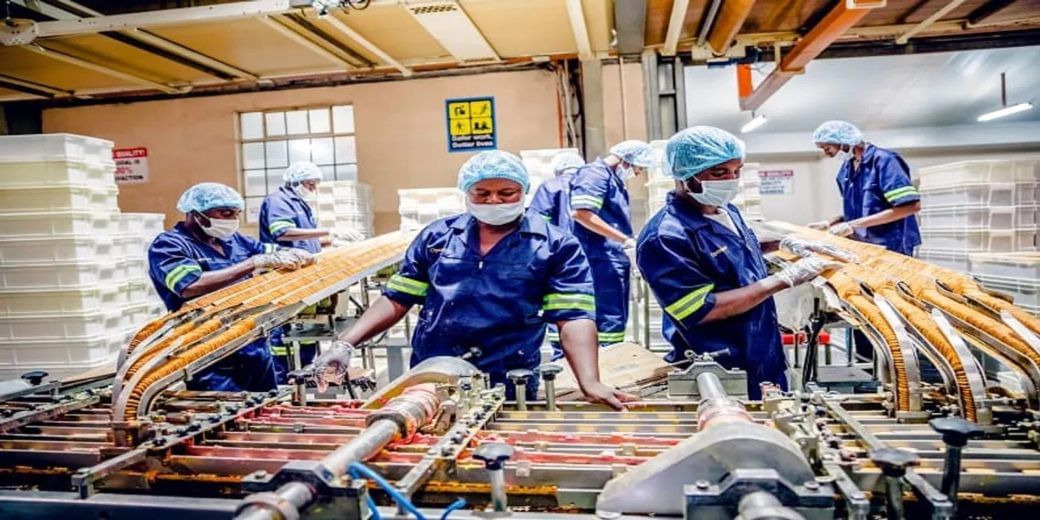What's happening on India's employment front?
More than 80% of the hired frontline workers held either a graduation degree, or at least a high school diploma. Nevertheless, the need for upskilling in this cohort was immense, with sign-ups for such courses jumping by 194% between FY22 and FY23.

The demand for frontline jobs has fallen by as much as 17.5% in FY23, as per the recent BetterPlace frontline index report. Around 8 million frontline jobs were created in 2022, which have fallen to 6.6 million jobs in FY23. One of the main reasons for this downfall has been the steep, about 52%, decline in the demand for jobs generated by the e-commerce segment since last year.
Presently, the four sectors which have replaced e-commerce and are dominating the frontline worker demand are logistics, mobility, integrated facilities management (IFM) and information technology (IT).
However, e-commerce still remains the single-biggest employer of women workers in FY23, engaging 64% of the total women frontline workers. Overall, women participation in frontline work has doubled, from 3% in 2021-22 to 6% in 2022-23. While 88% women felt supported by their family in their professional endeavours, their average monthly salaries were far from industry average, falling short by 20.5%.
Qualified, yet underpaid
More than 80% of the hired frontline workers held either a graduation degree, or at least a high school diploma. Nevertheless, the need for upskilling in this cohort was immense, with sign-ups for such courses jumping by 194% between FY22 and FY23. Part of this can also be attributed to falling average monthly salaries, which dipped by 4.5% to touch about Rs 21,700 this year.
On the other hand, the demand for temporary, or gig workers is set to rise, in the wake of the upcoming festive season. A report by TeamLease noted that in the second half of 2023, the Indian e-commerce industry is set to generate about 7 lakh gig jobs.
Inching ahead
Even job creation in the formal sector, tracked using EPFO data, moved at snail’s pace in July 2023. As per EPFO payroll data released in September, over 10 lakh new subscribers entered the EPF ecosystem, out of which 7,52,164 were men and 2,74,967 were women. Majority of subscribers (around 3.3 lakh) were aged between 18-21, followed by 2,68,872 subscribers in the age band of 22- 25 years. Maharashtra led the state’s tally in terms of new enrolments. Gujarat, Karnataka and Tamil Nadu also made to top 5 states who consistently saw new EPFO subscribers across all age groups.